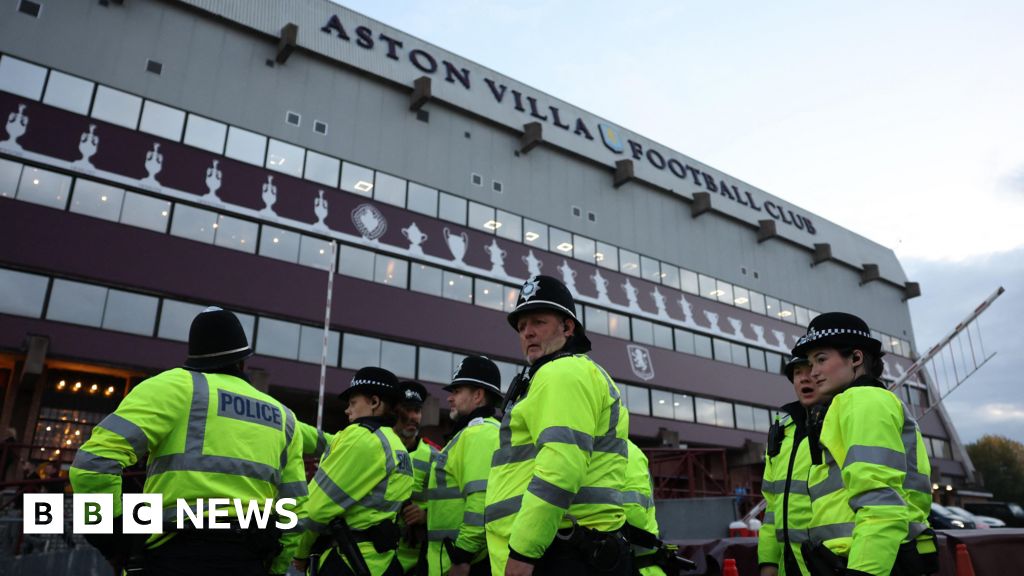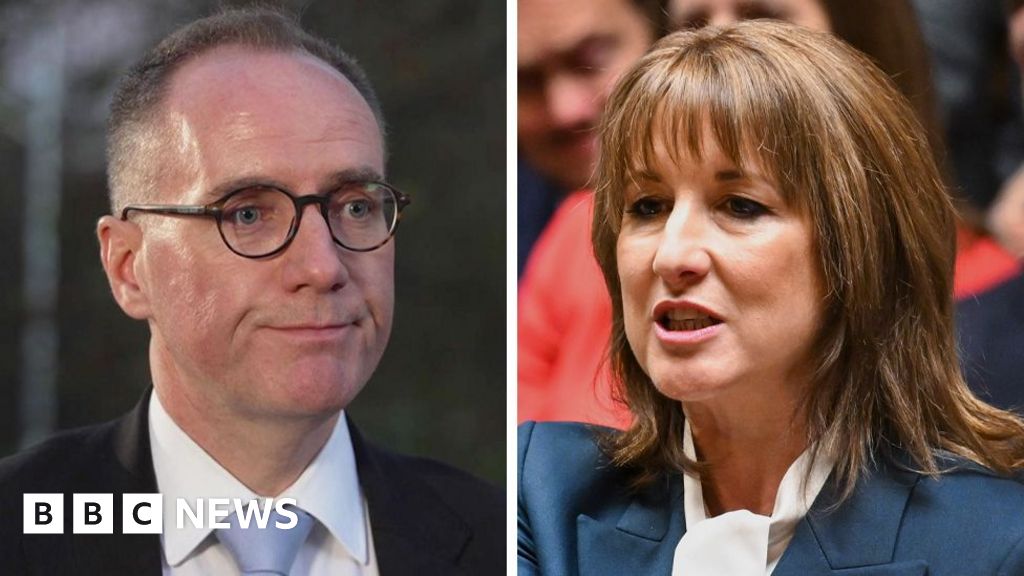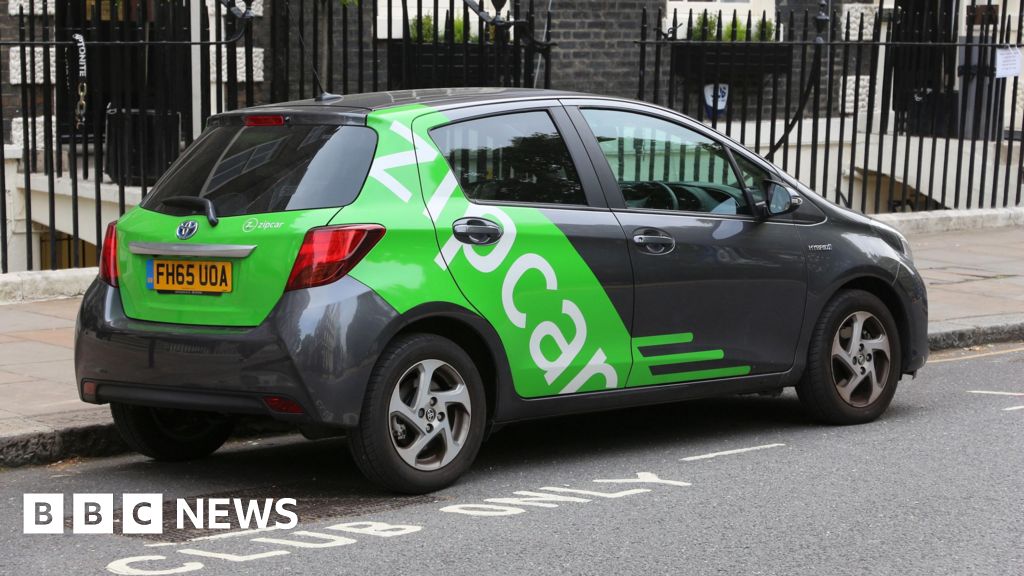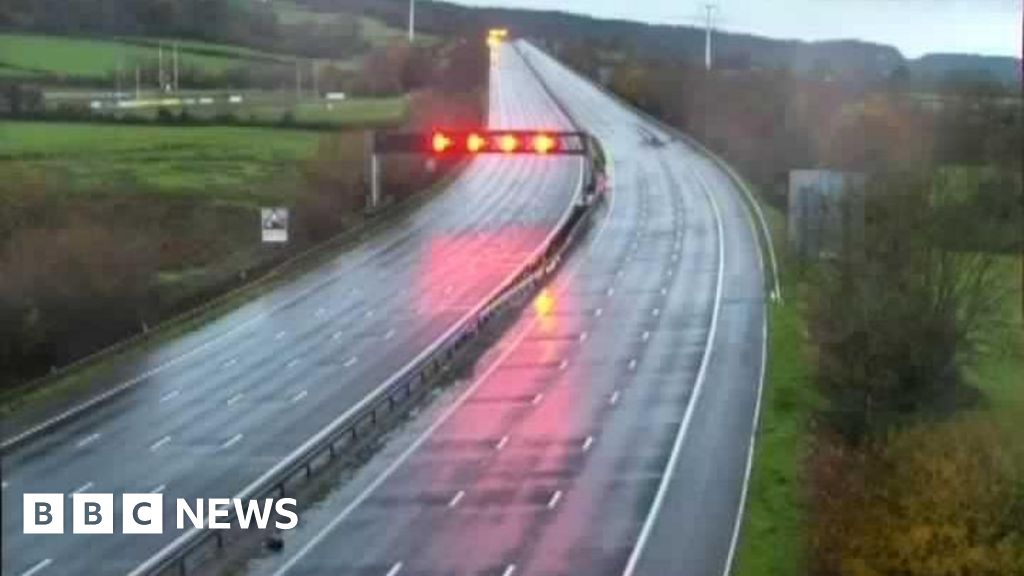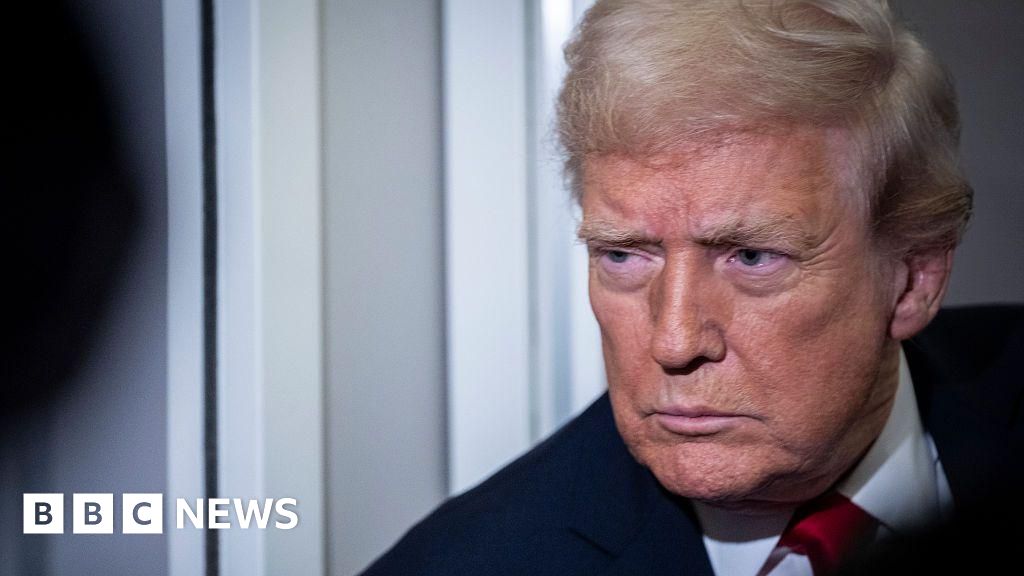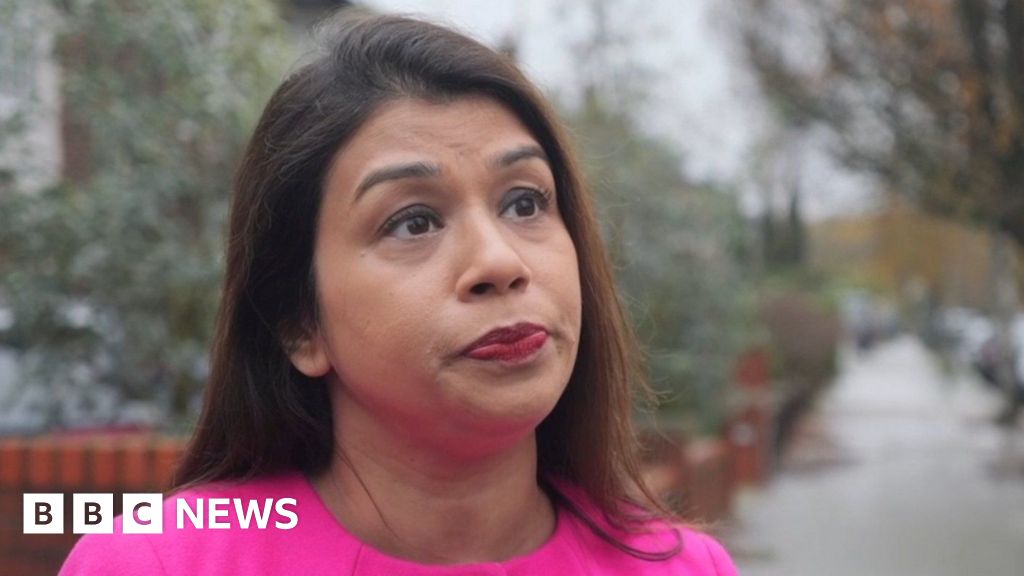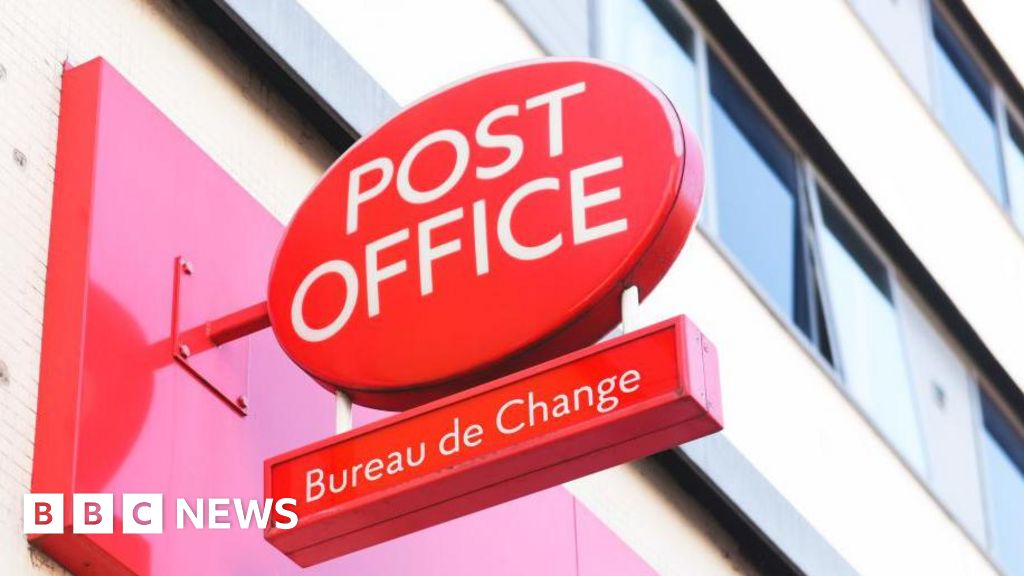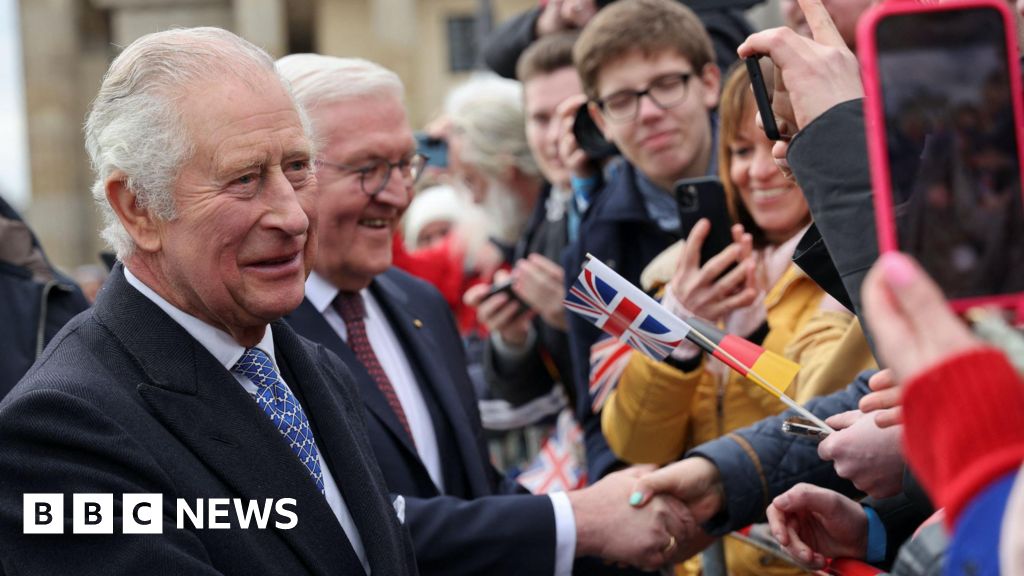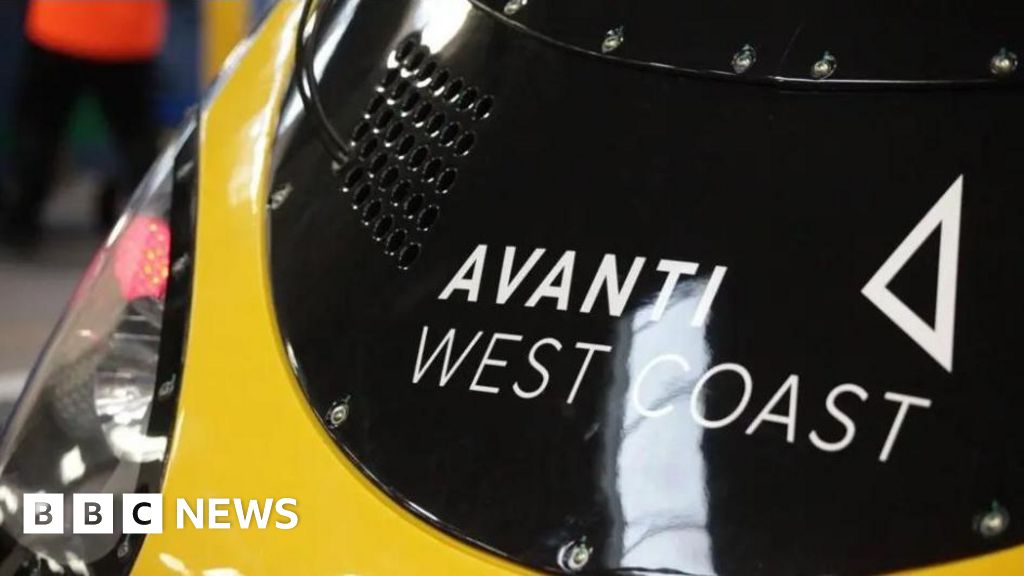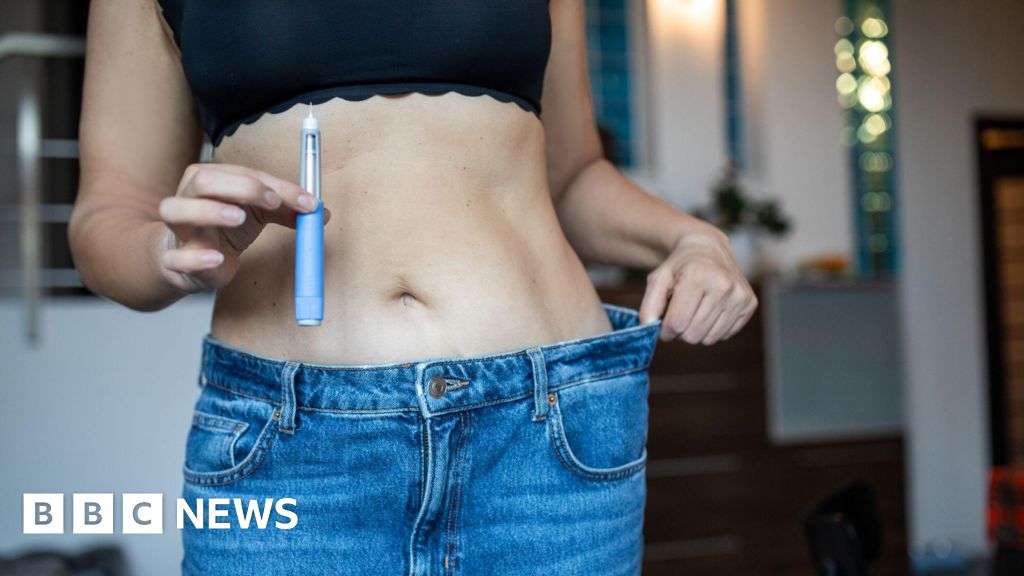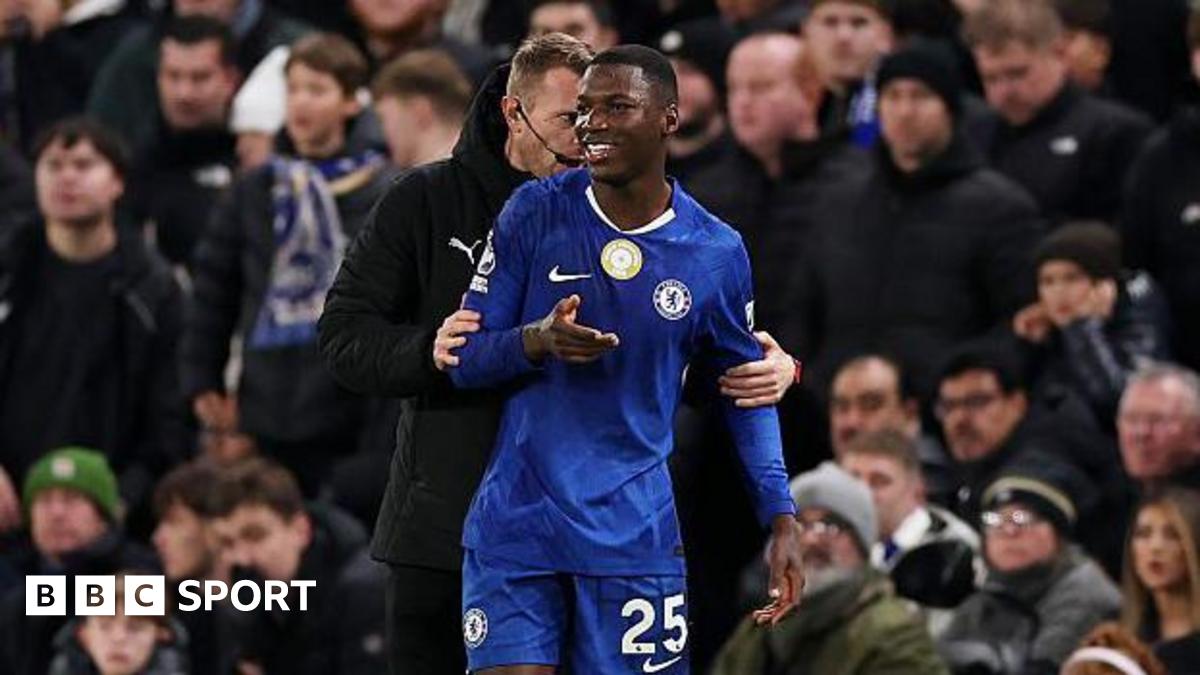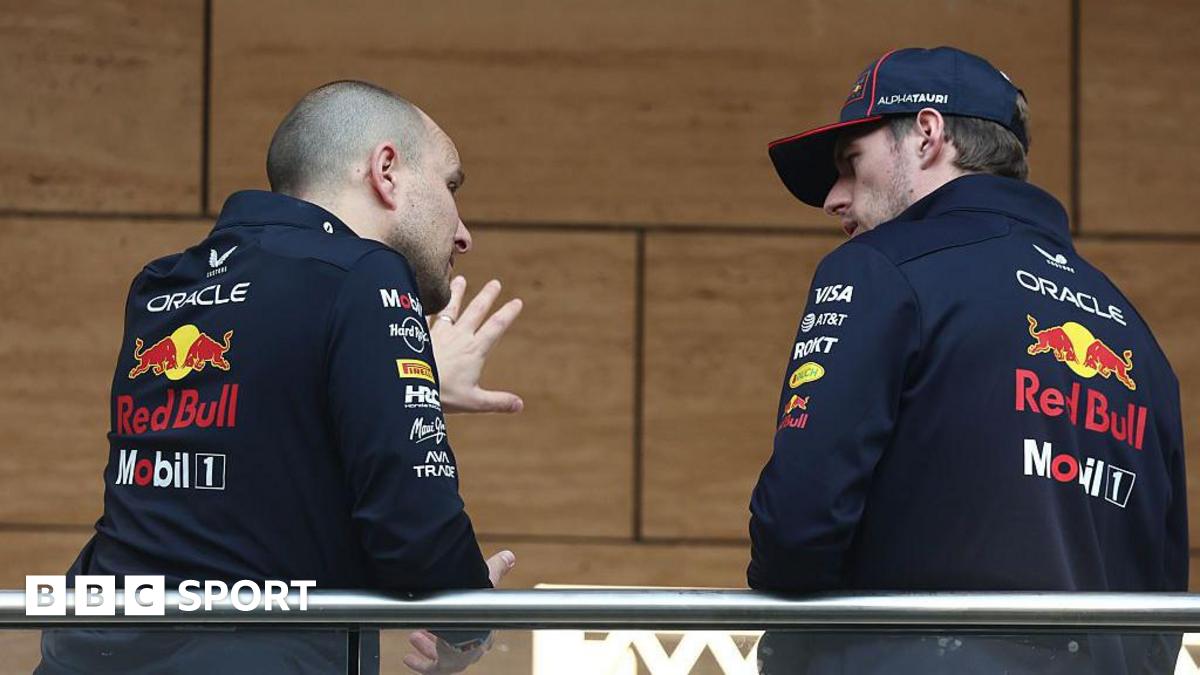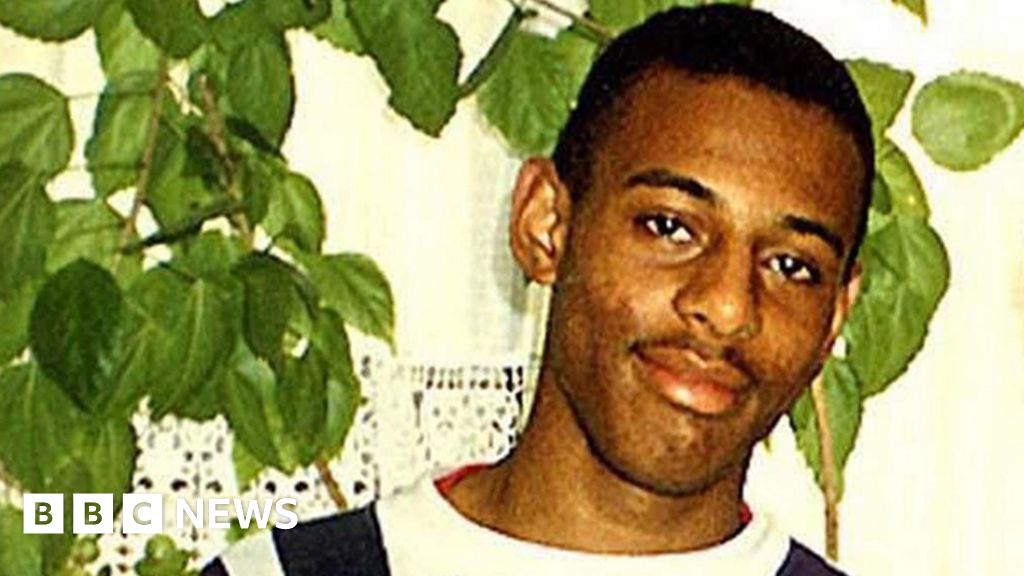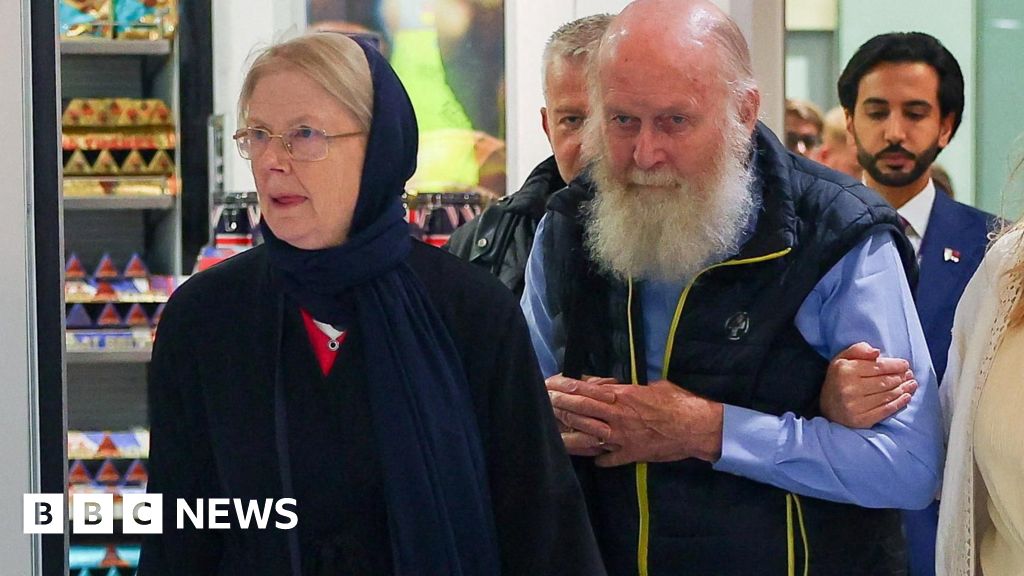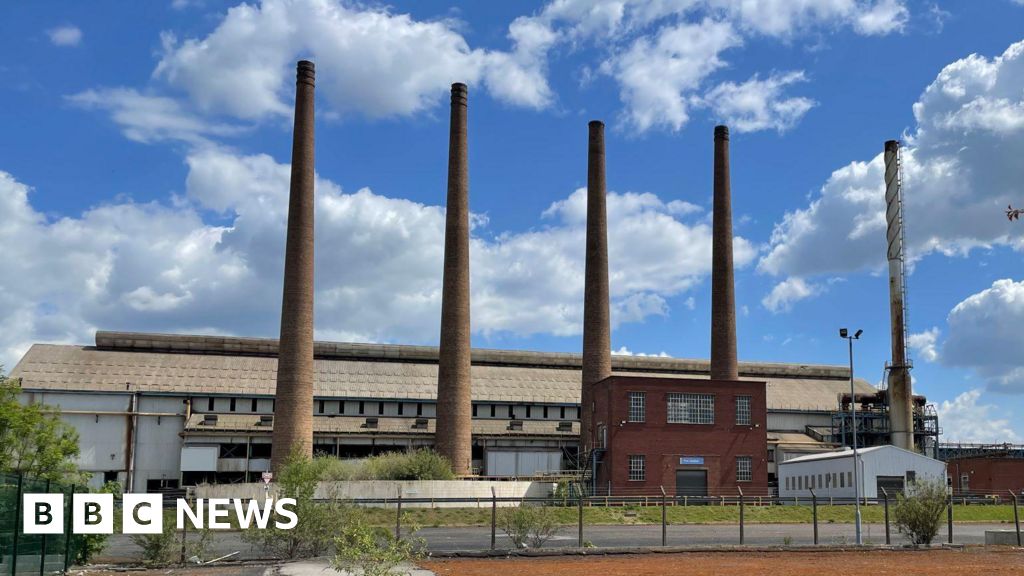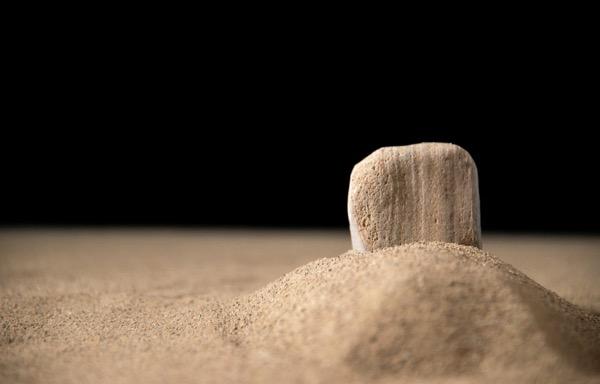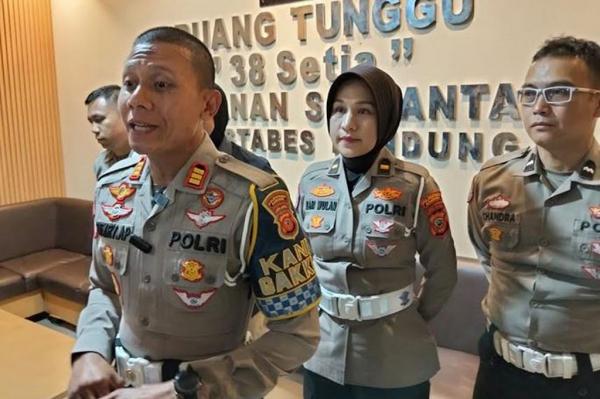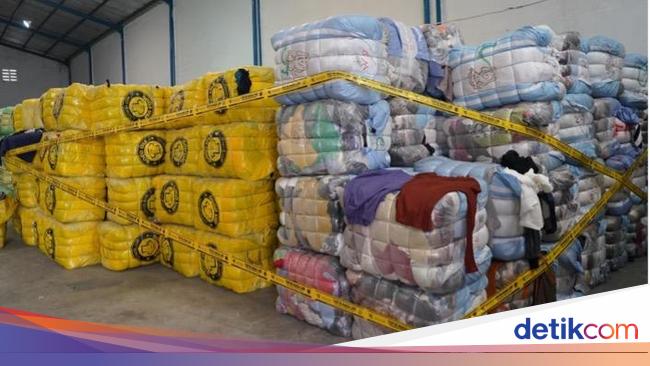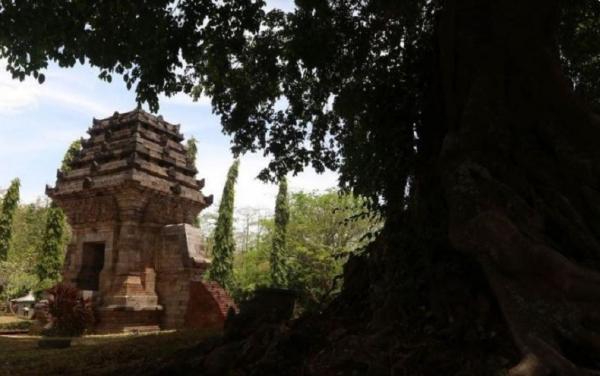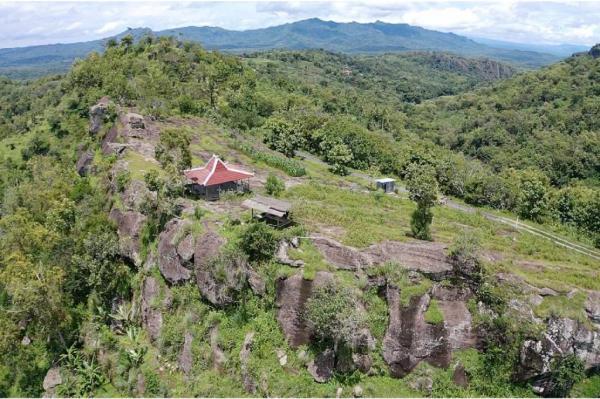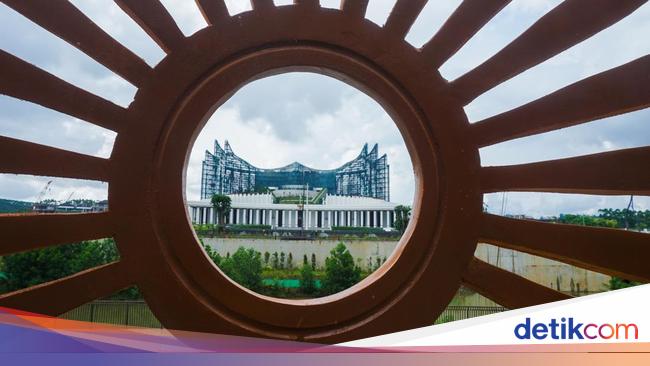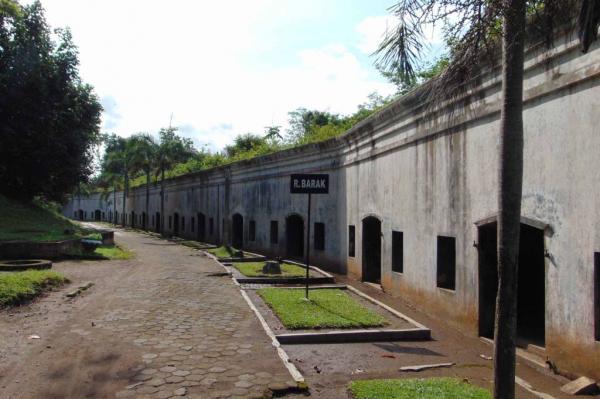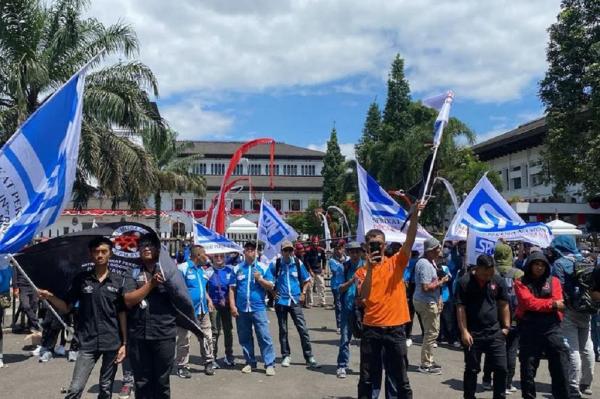Lucy WilliamsonMiddle East correspondent, in Jerusalem

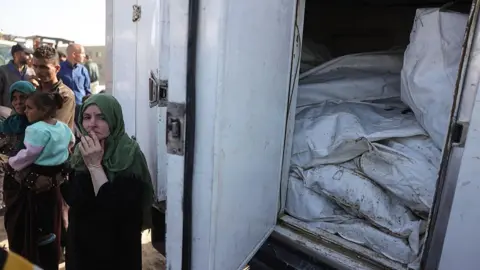 AFP
AFP
The bodies of the dead Palestinians were transferred by the Red Cross in refrigerated lorries
Out of a single room, with no DNA testing facilities or cold storage units of its own, the forensics team at Gaza's Nasser hospital face the challenges brought by peace.
Over the past eleven days, 195 bodies have been returned to Gaza by Israeli authorities, in exchange for the bodies of 13 Israeli hostages, under the terms of Donald Trump's ceasefire deal.
Photographs released by Gaza's medical authorities show some of the bodies badly decomposed, and arriving in civilian clothes or naked except for underwear, some with multiple signs of injury. Many have their wrists tied behind their backs, and doctors say some bodies arrived blindfolded or with cloth roped around their necks.
The forensic team at Nasser hospital are working with almost no resources to answer vast questions about torture, mistreatment and identity.
The head of the unit, Dr Ahmed Dheir, said one of their biggest limitations is a lack of cold storage space. The bodies arrive in Gaza thoroughly frozen and can take several days to thaw out, ruling out even basic identification methods like dental history, let alone any deeper investigation or post-mortem (autopsy).
"The situation is extremely challenging," he said. "If we wait for the bodies to thaw, rapid decomposition begins almost immediately, putting us in an impossible position [because] we lose the ability to examine the remains properly. So the most viable method is to take samples and document the state of the bodies as they are."

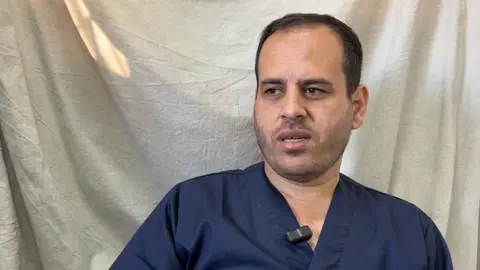
Dr Ahmed Dheir says the lack of cold storage space means he and his colleagues have little time to examine the remains properly
The BBC has viewed dozens of photographs of the bodies, many of them shared by Gaza's health authorities, others taken by colleagues on the ground.
We spoke to several of those involved in examining the bodies in Gaza, as well as families of the missing, human rights groups, and Israeli military and prison authorities.
We also spoke to three forensic experts outside the region, including one specialising in torture, to educate ourselves about the medical processes involved in this kind of investigation – all agreed that there were questions that were difficult to answer without post-mortems.
Dr Alaa al-Astal, one of the forensic team at Nasser hospital, said some of the bodies arriving there showed "signs of torture", such as bruises and marks from binding on the wrists and ankles.
"There were extremely horrific cases, where the restraint was so tight that blood circulation to the hands was cut off, leading to tissue damage and clear signs of pressure around the wrists and ankles," he said.
"Even around the eyes, when the blindfolds were removed, you could see deep grooves - imagine how much force that took. The pressure left actual marks where the blindfold had been tied."
Dr Astal also mentioned the loose cloths tied around the necks of some bodies as needing further investigation.
"In one case, there was a groove around the neck," he said. "To determine whether the death was due to hanging or strangulation, we needed to perform a post-mortem, but because the body was frozen, it was not dissected."

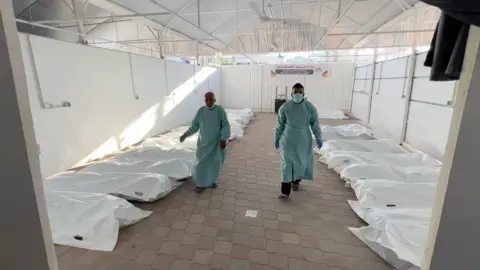
The bodies are bring brought to a temporary facility at Nasser hospital in Khan Younis
Sameh Yassin Hamad, a member of the Hamas-run government committee responsible for receiving the bodies, said there were signs of bruising and blood infiltration indicating that the bodies had been severely beaten before death. He also said there were stab wounds on the chest of face of some of them.
Some of the images we saw from the unit clearly show deep indentations or tightly-fastened cable-ties on the wrists and arms and ankles. One photograph appears to show the bruising and abrasion that would confirm that ties had been used while the person was still alive.
Other bodies showed only deep indentation marks, meaning a post-mortem would be needed to determine whether the ties had been used before or after death. Cable-ties are sometimes used when transporting bodies in Israel.
When we asked Israel's military about the evidence we gathered, it said it operates strictly in accordance with international law.
We showed the photographs we were given to the outside forensic experts. The images represent a fraction of the bodies transferred to Gaza by the Red Cross.
All three experts said that some of the markings raised questions about what had happened, but that it was difficult to reach concrete conclusions about abuse or torture without post-mortems.
"What is happening in Gaza is an international forensic emergency," said Michael Pollanen, a forensic pathologist and professor at the University of Toronto. "Based upon images like this, there is an imperative for complete medical autopsies. We need to know the truth behind how deaths occurred, and the only way to know the truth is to do autopsies."
But even with limited forensic data, doctors at Nasser hospital say the routine cuffing of wrists behind the body rather than in front, along with the marks observed on the limbs, points to torture.
"When a person is naked, with their hands tied behind their back, and visible restraint marks on their wrists and ankles, it indicates that they died in that position," Dr Dheir told us. "This is a violation of international law."
And there is strong evidence to suggest widespread abuse of detainees - including civilians - in Israeli custody in the months after the war began in October 2023, particularly in the military facility of Sde Teiman.

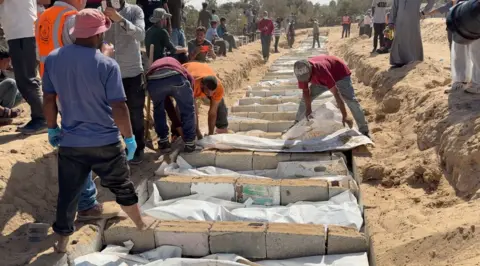
Unidentified bodies are being buried in a mass grave once forensic exams have been carried out
"At least in the first eight months of the war, the detainees from Gaza were cuffed behind their backs, and had their eyes covered, 24 hrs, 7 days a week, for months," said Naji Abbas, head of the Prisoners and Detainees Programme at the Israeli human rights organisation, Physicians for Human Rights (PHRI).
"We know that people developed serious infections on their skin, hands and legs because of the cuffs."
We have spoken to several people who worked at Sde Teiman over the past two years, who confirm that detainees were cuffed hand and foot – even while undergoing medical treatments, including surgery.
One medic who worked there said he had campaigned to loosen the cuffs, and that the treatment of detainees there was "dehumanisation".
But many of those detained during the Gaza war are held as unlawful combatants, without charge.
One complication for doctors at Nasser Hospital now is determining which of the returned bodies are Hamas fighters killed in combat, which are civilians and which are detainees who died in Israeli custody.
Some of the bodies returned by Israel are still wearing Hamas headbands or military boots, but doctors say most are either naked or in civilian clothing, making it difficult to distinguish their role, interpret their injuries, and assess human rights violations.
Photographs seen by the BBC show mostly naked or decomposed bodies. One dressed in civilian clothing and trainers has what officials say are two small bullet wounds in his back.

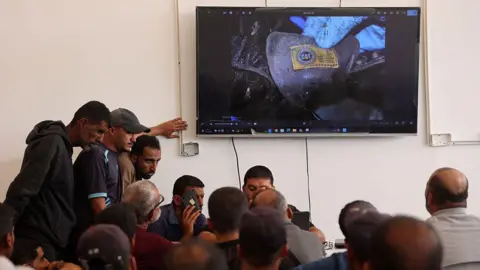 AFP
AFP
Officials at Nasser hospital have been showing pictures of the bodies and any personal items to relatives of missing people
Sameh Yassin Hamad, from Gaza's Forensics Committee, said that Israel had sent back identification with only six of the 195 bodies it had returned – and that five of those names turned out to be wrong.
"Since these bodies were held by the Israeli authorities, they will have full data about them," said Dr Dheir. "But they haven't shared that information with us through the Red Cross. We were sent DNA profiles for around half the total number of dead, but have not received any details about the dates or circumstances of death, or the time or place of detention."
We asked Israel's army about the details in this report, including striking allegations by Gaza's forensic team that Israel had removed single fingers and toes from the bodies for DNA testing.
Israel's military said "all bodies returned so far are combatants within the Gaza Strip." It denied tying any bodies prior to their release.
A spokeswoman for the Israeli Prime Minister's Office, Shosh Bedrosian, on Wednesday described the reports from Gaza as "just more efforts to demonise Israel" and suggested the media focus instead on the experience of Israeli hostages.

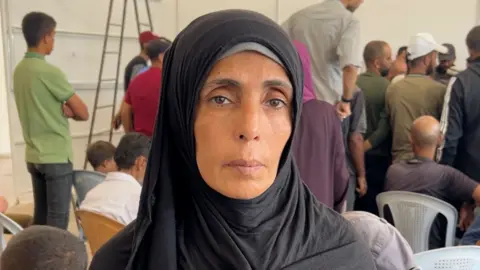
Somaya Abdullah was at the hospital looking for her son
As families of those missing gather at the hospital gates, Dr Dheir and his staff are under intense pressure to identify the dead and provide answers about what happened to them.
So far, only some 50 bodies have been positively identified – mostly through basic details like height, age and obvious previous injuries. Another 54 have been buried, unidentified and unclaimed, because of intense pressure on space at the unit.
Many families of the missing attended the burial of the unnamed dead this week, just in case one of them was theirs.
"Honestly, it's hard to bury a body when you don't know whether it's the right one or not," said Rami al-Faraa, still searching for his cousin.
"If there was [DNA] testing, we'd know where he is – yes or no," said Houwaida Hamad, searching for her nephew. "My sister would know if the one we're burying is really her son or not."
Donald Trump's ceasefire deal has brought some relief for Gaza, but little closure for the families of most of those missing, left burying a body in place of a brother, husband or son.
.png)
 1 month ago
28
1 month ago
28
